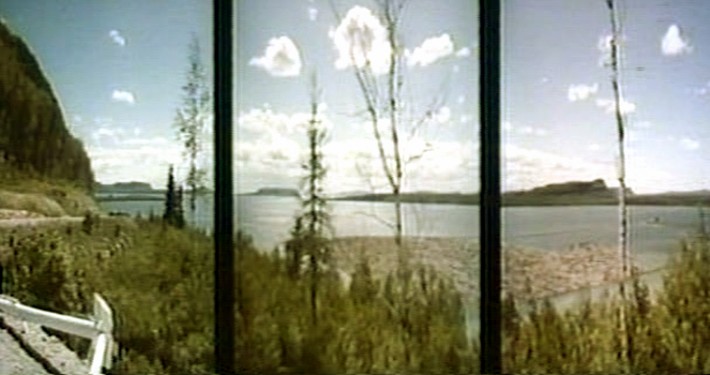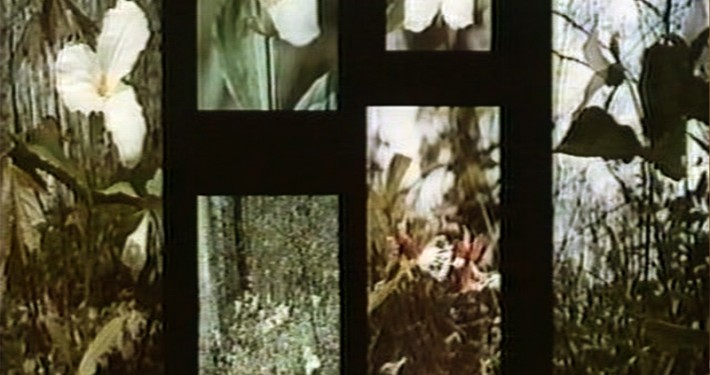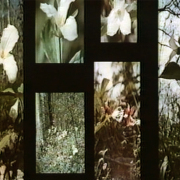Arguably the most influential film to be produced for Expo 67, A Place to Stand was the work of Christopher Chapman, who has credits as its producer, director, cinematographer, and editor. The film was commissioned from TDF, a Toronto commercial design studio, by the Ontario Department of Economics and Development for the Ontario Pavilion and premiered at the pavilion on 28 April 1967. Shot over the course of two years in 70mm Technicolor, it was projected on a screen sixty-six feet (twenty metres) wide by thirty feet (nine metres) high. A Place to Stand made extensive use of multiple screen imagery, with up to fifteen images at a time visible to viewers. The effect was enhanced by a variety of mattes that varied the number and configuration of the multiple images. Thanks to this use of multiple images, approximately one and a half hours worth of footage could be seen during the film’s eighteen-minute running time. The images, meant to represent all facets of life in Ontario, included extensive shots of natural landscapes (including stunning aerial photography): forests, agriculture, and rural and urban life in the province as well as icons old and new like Niagara Falls, the St Lawrence Seaway, and Toronto City Hall. All of it was presented without narration. Instead, the images were accompanied by a lush soundtrack, the product of a forty-five-piece orchestra and a fifteen- member choir.
A Place to Stand played continuously at Expo, attracting approximately two million viewers. After Expo closed, the film ran in 70mm theatres in Canada, the United States, and Europe, where it was eventually seen by an estimated 100 million people. Its title song, composed by Dolores Claman with lyrics by Richard Morris, was sold as a record by Arc and RCA Victor. The film encouraged and influenced the use of multiple screen imagery in late 1960s and early 1970s Hollywood films. It won an Oscar for Best Live Action Short Subject. Perhaps most importantly, A Place to Stand was a proof of concept for large format, multiple image, non-narrative films of its kind and as such encouraged the creation of IMAX. Appropriately enough, the first permanent IMAX theatre was built at Ontario Place, a permanent Expo-like pavilion in Toronto.
Christopher Chapman
Christopher Chapman is a filmmaker and cinematographer who began making films in 1954. His pioneering multi-image film A Place to Stand (1967), won a Canadian Film Award for Film of the Year and an Academy Award for Best Live Action Short in 1968. In the seventies, Chapman made several films in IMAX for Ontario Place, including Toronto the Good (1973) and Volcano (1973). He received the Centennial Medal, won a total of six Canadian Film Awards, and served as president of both the Royal Canadian Academy of Arts and the Directors Guild of Canada.







